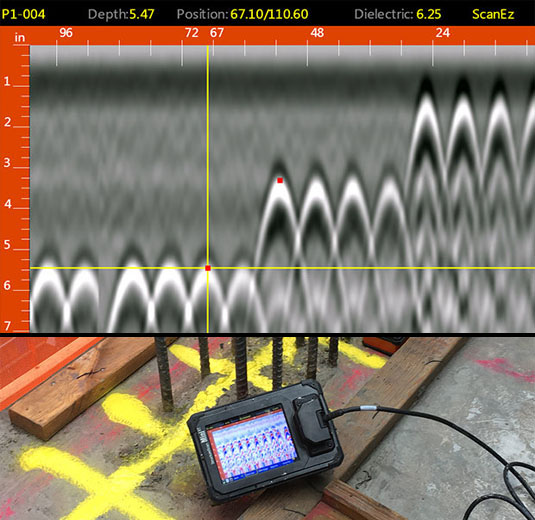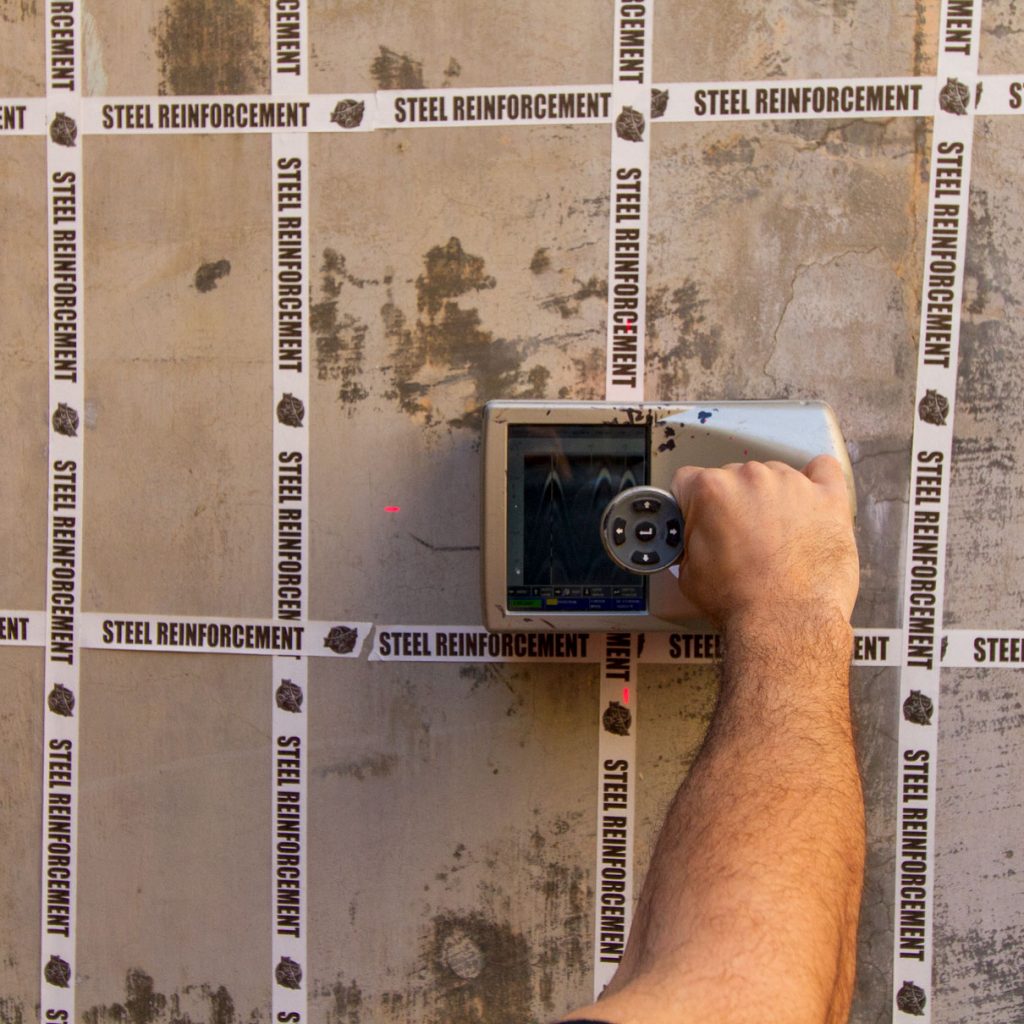RainierGPR Service Areas: Trusted Concrete Scanning Services in Multiple Areas
RainierGPR Service Areas: Trusted Concrete Scanning Services in Multiple Areas
Blog Article
Enhancing Task Preparation and Implementation With Advanced Concrete Scanning Methods
In the world of task preparation and insight, execution and precision are essential aspects that can make the difference in between success and problems. Advanced concrete scanning methods have emerged as an advanced device established to raise the standards of project monitoring within the building sector.
Advantages of Advanced Concrete Scanning Techniques

Improved Precision in Job Evaluations
Enhancing task analyses with sophisticated concrete scanning methods significantly improves the accuracy and reliability of building assessments. By using advanced scanning technologies such as ground-penetrating radar (GPR) and 3D imaging, project teams can now acquire thorough insights right into the condition of concrete frameworks, identifying possible flaws or weak points that might not show up to the nude eye. This improved level of accuracy in project analyses makes it possible for building experts to make even more enlightened decisions regarding repair service and upkeep techniques, causing enhanced general task end results.
In addition, the boosted precision in job assessments attained via innovative concrete scanning methods assists in reducing the risk of unanticipated issues during the construction phase. By proactively finding concealed abnormalities within concrete frameworks, such as rebar rust or voids, task groups can resolve these concerns beforehand, staying clear of pricey delays and rework later in the project lifecycle. Eventually, the improved accuracy in job evaluations facilitated by innovative concrete scanning strategies adds to better performance, cost-effectiveness, and high quality in building and construction projects.
Very Early Identification of Structural Challenges
Very early discovery of structural difficulties plays a critical duty in making certain the honesty and security of concrete structures throughout the building process. Determining possible problems at an onset permits for timely intervention, stopping pricey rework, routine delays, and security dangers. Advanced concrete scanning techniques, such as ground-penetrating radar (GPR) and 3D imaging, enable project teams to uncover concealed issues, gaps, support format inconsistencies, and other abnormalities that can compromise the structure's stability.
By implementing these strategies during the preparation and execution stages, building professionals can proactively attend to architectural challenges before they escalate right into major problems. For example, identifying insufficient concrete cover over reinforcement bars at an early stage can avoid rust and structural weakening in the future - RainierGPR Service Areas. Furthermore, identifying variants in concrete thickness or thickness can assist optimize product use and ensure uniform toughness residential or commercial properties across the structure
Eventually, early recognition of architectural obstacles via innovative concrete scanning not only improves the general top quality and sturdiness of the building but also contributes to a much safer developed environment for residents and customers.
Improved Precaution in Construction
The execution of robust safety and security methods is important in the construction market to minimize risks and guard the wellness of stakeholders and workers. Building and construction sites are naturally dangerous atmospheres, with potential threats varying from drops and like this tools breakdowns to architectural failures. To boost precaution, building and construction companies are increasingly taking on technical developments such as wearable tools that keep track of employees' important signs and find potential wellness problems in real-time. Furthermore, the use of drones for site monitoring allows for normal safety and security inspections without placing employees in harm's way. Safety training programs have actually also developed to consist of online fact simulations that give hands-on experience in handling emergency situation situations. Furthermore, the assimilation of synthetic intelligence in safety monitoring systems makes it possible for positive identification of potential dangers, enabling prompt treatments. By prioritizing security via the incorporation of innovative innovations and detailed training programs, building tasks can dramatically reduce accidents and develop a safe and secure workplace for all involved - RainierGPR Service Areas.
Streamlining Job Monitoring Processes
To enhance functional performance and ensure project success in the building and construction industry, a concentrate on improving task management processes is vital. By executing efficient task monitoring processes, building jobs can decrease hold-ups, lower costs, and improve general performance. One essential facet of simplifying task monitoring is using advanced technologies such as Structure Information Modeling (BIM) software application, which makes it possible for real-time cooperation, clash discovery, and exact project organizing. Furthermore, the adoption of cloud-based project monitoring systems permits smooth interaction among employee, instant accessibility to project information, and the capacity to track progression in real-time.

Conclusion
In conclusion, the utilization of advanced concrete scanning methods provides many benefits for job planning and execution. These techniques supply improved precision in task analyses, early identification of architectural difficulties, boosted security actions in building, and streamlined job management procedures. Including these techniques right into job process can inevitably cause more effective and effective outcomes in construction tasks.
Eventually, the improved precision in project evaluations promoted by advanced concrete scanning strategies adds to greater efficiency, cost-effectiveness, and quality in construction projects. RainierGPR Service Areas.
To enhance functional effectiveness and ensure job success in the building and construction industry, an emphasis on improving task administration procedures visit this site right here is vital. By implementing reliable project administration processes, building jobs can minimize delays, decrease expenses, and boost general productivity. By streamlining project management procedures via technology combination, clear communication, and data-driven methods, building and construction tasks can attain greater efficiency, cost-effectiveness, and successful results.
These techniques provide better precision in task analyses, very early recognition of structural difficulties, enhanced safety and security measures in building and construction, and structured project monitoring procedures.
Report this page